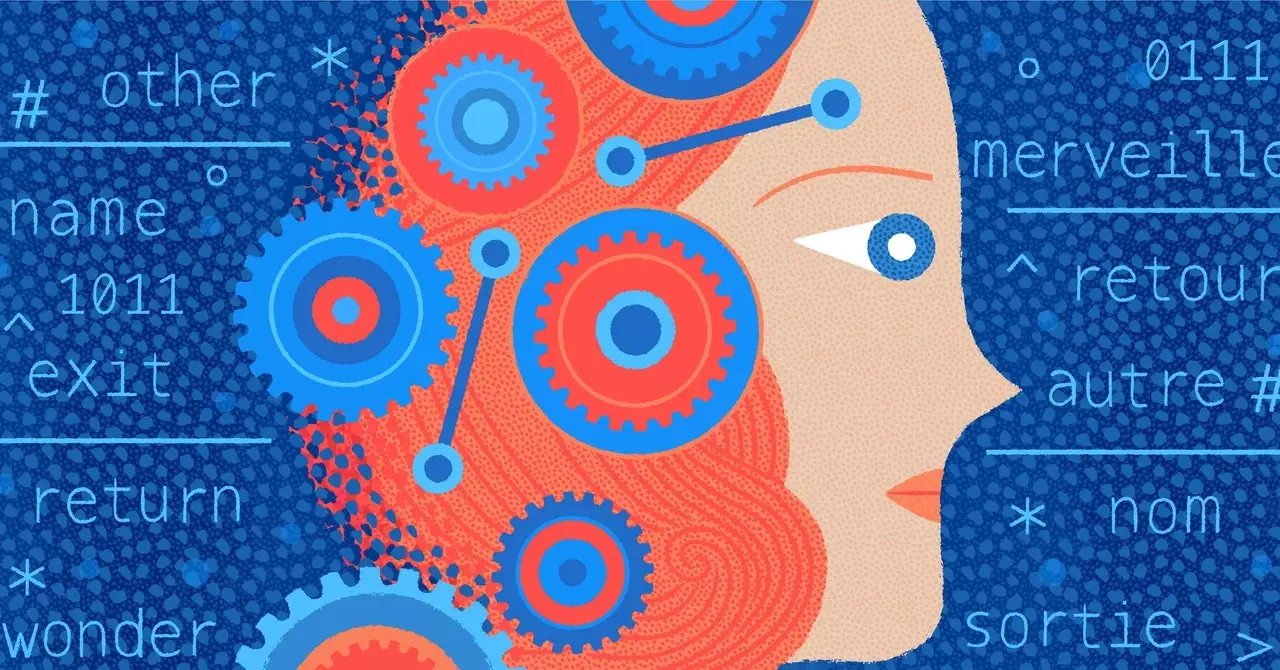In the world of physics and mathematics, the concept of computation takes on a whole new meaning. Niels Bohr, in the movie “Oppenheimer,” challenges physicist Robert early in his career by comparing algebra to sheet music. The crucial question raised by Bohr is not whether one can read music or algebra, but rather if they can truly hear it. This analogy brings forth a unique perspective on how individuals perceive and engage with computational processes.
Oppenheimer, in response to Bohr, admits that he may not be able to hear algebra, but he can certainly feel the machine at work. This feeling of understanding and connecting with the inner workings of a computer transcends the mere act of programming. Oppenheimer describes how he anticipates the arrival of his first computer, visualizing its function and feeling the process unfold even before executing any code.
The idea of viewing a program as a living entity that follows instructions to a successful conclusion sheds light on the emotional and intuitive aspect of computation. Oppenheimer’s metaphorical machine resonates with the essence of how individuals interact with technology on a deeper level, perceiving it as a dynamic and fluid entity rather than static code.
The notion of computation extends beyond the realm of programming and into the fabric of our daily lives. From mailing a letter through the postal service to sending electronic mail over the internet, every action can be viewed through a computational lens. The intricate series of operations involved in moving data from one point to another mirrors the process of computation in its most fundamental form.
This newfound perspective, inspired by the likes of Friedrich Nietzsche, challenges traditional views of randomness and unpredictability. Even seemingly random events, such as a coin flip or shuffling a deck of cards, can be dissected and understood through complex computational processes. The interplay of variables and factors influencing these outcomes showcases the underlying order and structure in what may appear chaotic at first glance.
The concept of true randomness is deconstructed, revealing the intricate calculations and algorithms behind seemingly arbitrary events. Whether it’s generating random numbers on a computer or observing natural phenomena, the underlying computational framework unveils a sense of order amidst the perceived chaos. By embracing a computational perspective, individuals can uncover the hidden patterns and mechanisms governing the world around them.
The fusion of intuition, emotion, and logic in the realm of computation offers a fresh perspective on how we engage with technology and interpret the complexities of the universe. By challenging conventional notions and embracing a computational mindset, we can unlock new dimensions of understanding and appreciation for the intricate dance of algorithms and data that shape our reality.


Leave a Reply